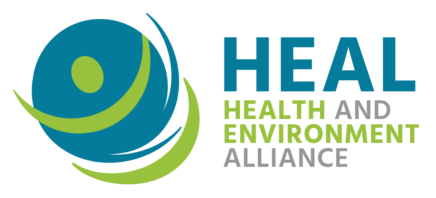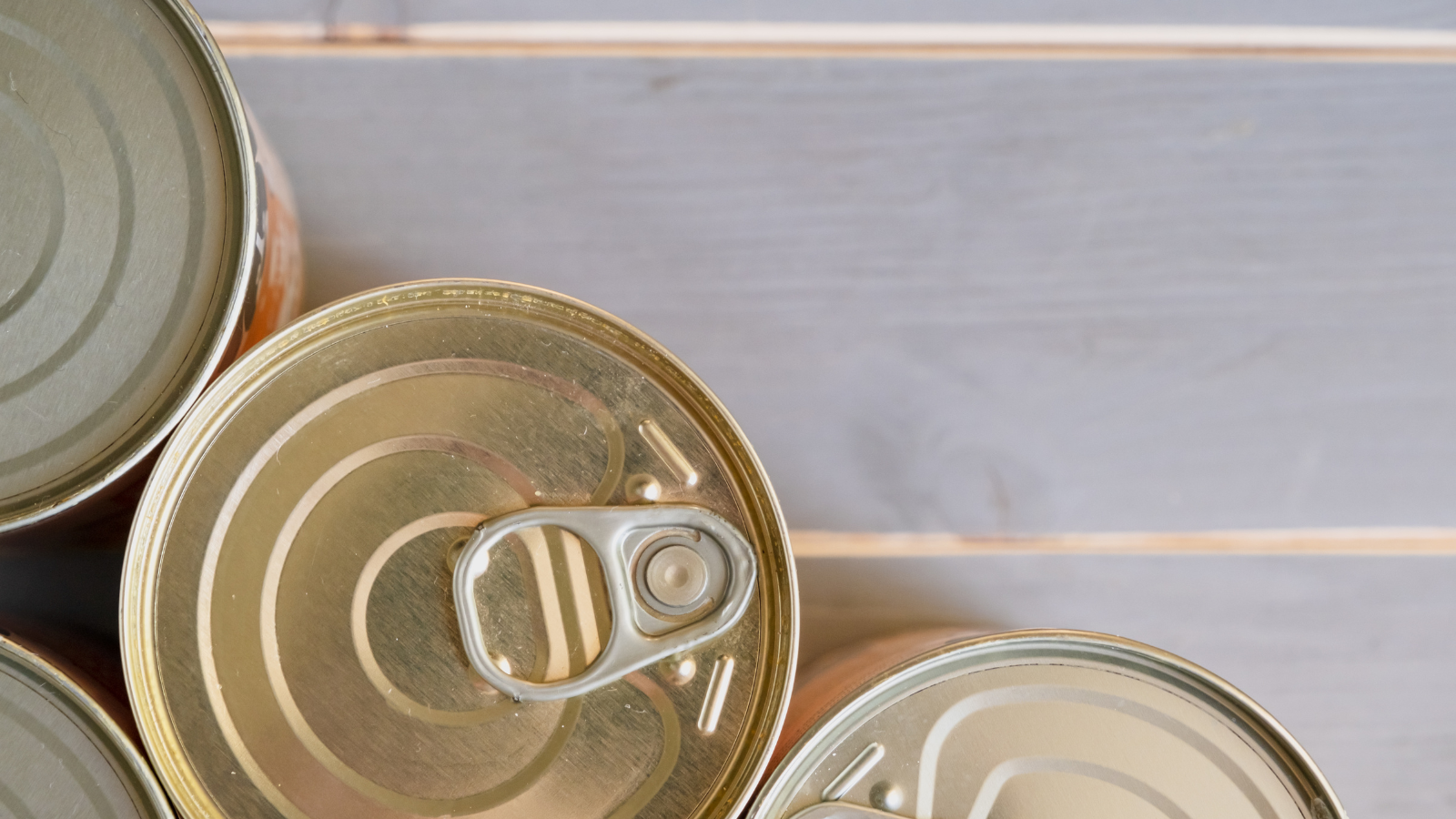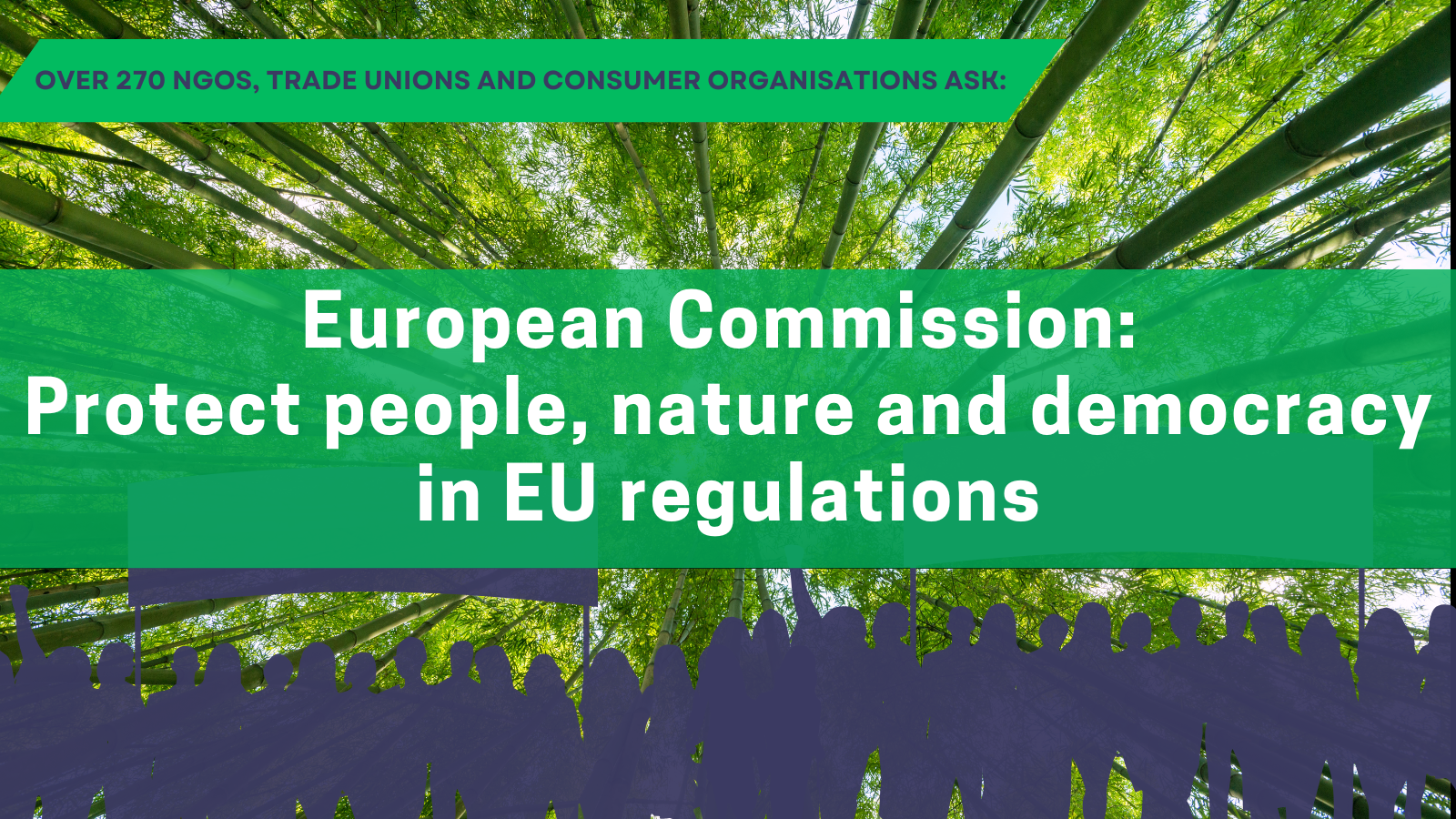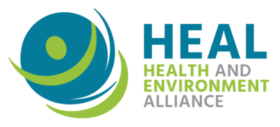The ban of BPA in food contact materials will help protect people from these endocrine disrupting chemicals (EDCs), that have also been classified as toxic for reproduction since 2006 under REACH. Exposure to Bisphenol A and other bisphenols is associated with breast cancer, infertility, early puberty, diabetes and obesity, and neurological disorders in children. But this restriction focuses on one area where bisphenols are widely used – the work to protect people's health from the group of chemicals, and in particular children is therefore far from over.
Single-use diapers are a familiar product for most families. Newborns and toddlers across the European Union go through multiple single-use nappies on a daily basis and for long periods of time; diapers are often worn anywhere between the first several months to years of life, and this at a particularly vulnerable stage of children’s early-life development.
Unfortunately and perhaps surprisingly to many, single-use diapers can contain a range of chemicals that can harm human health. Through a proposed restriction on the presence of such chemicals, Europe has the opportunity to significantly increase children’s health across the continent. Yet, this restriction effort might never see the light of the day. Here is a roundup of how we got here and what European authorities can still do for increased health protection in the coming months.
According to recent estimates, 14.5 million children are currently exposed to chemicals via the use of single-use diapers. In October 2020, French national authorities carried out tests on disposable diapers and the results showed the presence of several groups of chemicals of concern, including pyrene (PAH), polychlorinated biphenyls (PCBs), dioxins and furans, fragrances, pesticides, and volatile organic compounds (VOC). Long-term exposure to these known harmful chemicals can be associated with a range of health disorders, including hepatic, immunological, neurological, metabolic and endocrine problems.
On the basis of these results, France proposed an EU-wide restriction on four well-known hazardous (groups of) chemicals that have been found in diapers even though not intentionally added during the production process: formaldehyde, PAHs, dioxins, furans and PCBs.
In line with the European processes for the development of chemical restrictions under REACH, the proposal was discussed with other Member States and relevant European authorities at the European Chemicals Agency, first at the Committee for Risk Assessment (RAC) and then at the Socio-Economic Assessment Committee (SEAC). Following multiple rounds of discussions, both committees have issued opinions that are not supportive of the restriction proposal as originally crafted by France – a worrying move.
Civil society concerns with the RAC opinion
In September 2021, the EU Chemicals Agency’s Committee for Risk Assessment (RAC) concluded that “the available scientific data and risk assessment do not demonstrate that the substances included in the proposal are present in diapers at levels that pose a risk”. At the same time, the committee acknowledged that it was also not possible to completely rule out the risks arising from exposure to some of the substances and that they should “be kept to the lowest possible levels in diapers”. Despite these polarising statements, the committee’s final opinion was equivalent to not supporting the restriction moving forward, which was greeted with concerns by civil society groups.
The European Environmental Bureau (EEB), ClientEarth and HEAL had previously submitted detailed comments highlighting important aspects in support of a precautionary approach to restricting hazardous chemicals in single-use diapers. We believe those comments were not fully considered by RAC. Key elements that in our view should have guided the restriction development included:
- The specific vulnerability of the children exposed to the substances at play and the related aim to prevent any exposure;
- The need for a comprehensive and protective approach to the hazard assessment of the chemicals in question, taking into account all the substances present in diapers, recognising that some of them are non-threshold substances (meaning there is no safe level of exposure) and that the wearing of diapers results in exposure to a mixture of harmful chemicals;
- The representativeness of the data provided by France in relation to the rest of the EU market for single use diapers;
- The compatibility between the need to transparently acknowledge existing uncertainties regarding risk characterisation and developing protective regulatory initiatives.
Civil society concerns with the SEAC opinion
Building on the RAC opinion, the Chemicals Agency’s Socio-Economic Assessment Committee (SEAC) has just announced that it also does not support the restriction proposal. The SEAC opinion, which was commented on by the EEB, ClientEarth and HEAL in November, also overlooks major arguments and concerns raised by civil society groups. These included:
- Concerns that RAC’s opinion regarding the appropriateness of the restriction was not adequately represented by SEAC;
- Concerns that industry claims were given more weight than data from public authorities regarding the presence of the chemicals covered by the proposal;
- Concerns about SEAC’s failure to conclude on socio-economic impacts based on the argument that RAC does not support the restriction proposal despite its mandate to do so and its acknowledgement that the restriction could be an adequate option to address the presence of unwanted chemicals in diapers;
- In a general context of uncertainties on costs and benefits related to the restriction’s implementation, concerns about SEAC’s higher emphasis on potential industry costs rather than the health benefits of restricting the chemicals targeted by the restriction proposal. This is all the more disturbing when considering that the restriction addresses the exposure of a particularly vulnerable part of the population. On top of this, the European market for diapers is significant: the SEAC opinion itself refers to an estimated 7 billion Euros of yearly revenue for the diapers industry, a figure which calls for putting enforcement costs in perspective.
Contrary to SEAC’s opinion, health and environment groups across Europe insist that remaining uncertainties in the restriction proposal, including due to the non-intentional addition of the substances and the lack of availability of standard analytical methods, should not prevent or undermine regulatory action and that a precautionary approach must be taken. Preventing children’s exposure to harmful chemicals through products such as single-use diapers fully justifies the development of this restriction.
The European Commission now has three months to come up with a final proposal as to whether and how to move this restriction forward. Under the European Chemicals Strategy for Sustainability, the Commission has committed to protect vulnerable groups such as babies and young children against harmful substances. This restriction proposal is therefore an important credibility test and we urge the Commission to proceed in order to ban the substances under the scope of the proposal from single-use diapers as soon as possible.



